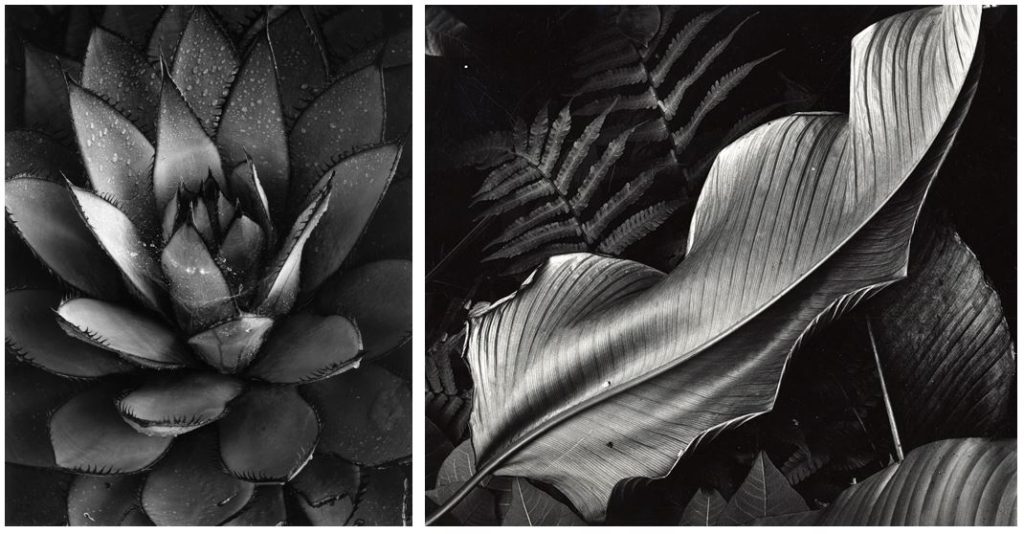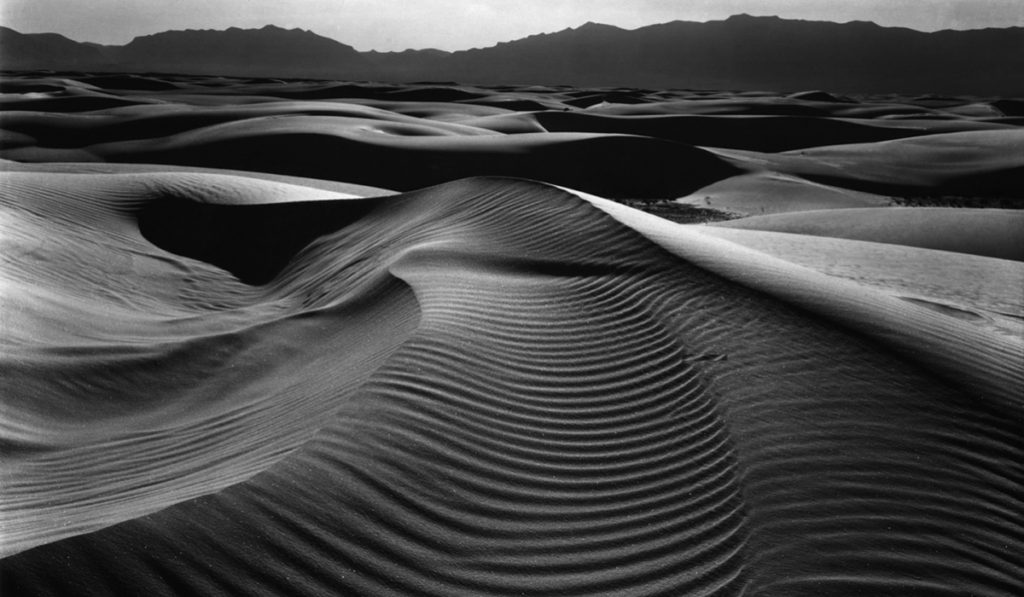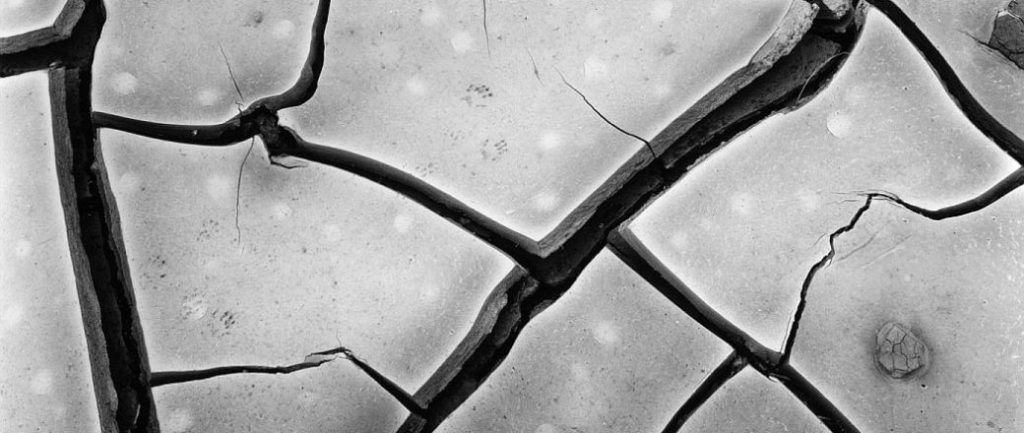Theodore Brett Weston (December 16, 1911, Los Angeles – January 22, 1993, Hawaii) was an American photographer described as the “child genius of American photography.” Weston’s earliest images from the 1920s reflect his intuitive sophisticated sense of abstraction. He began photographing the dunes at Oceano, California, in the early 1930s which later eventually became his favorite location. Brett preferred the high gloss papers and ensuing sharp clarity of the gelatin silver photographic materials of the f64 Group rather than the platinum matte photographic papers common in the 1920s. Brett Weston was credited by photography historian Beaumont Newhall as the first photographer to make negative space the subject of a photograph.

“THE CAMERA FOR AN ARTIST IS JUST ANOTHER TOOL. IT IS NO MORE MECHANICAL THAN A VIOLIN IF YOU ANALYZE IT. BEYOND THE RUDIMENTS, IT IS UP TO THE ARTIST TO CREATE ART, NOT THE CAMERA.”
Throughout the decades of the 1950s, 1960s, 1970s, and 1980s, Brett Weston’s style changed sharply and was characterized by high contrast, abstract imagery. The subjects he chose were, for the most part, not unlike what interested him early in his career: plant leaves, knotted roots, and tangled kelp. He concentrated mostly on close-ups and abstracted details, but his prints reflected a preference for high contrast that reduced his subjects to pure form. In the late 1970s and into the 1980s Weston spent much of his time in Hawaii where he owned two homes. He would travel back and forth between them, shooting along the way: “l have found in this environment, everything I could want to interpret about the world photographically.” Brett Weston died in Kona, Hawaii, January 22, 1993. He was ranked one of the top ten photographers collected by American museums by the final decade of his life. His photographs are included in the collections of countless museums, including the Los Angeles County Museum of Art, the Oklahoma City Museum of Art, the Virginia Museum of Fine Arts, and the Museum of Photographic Arts.




